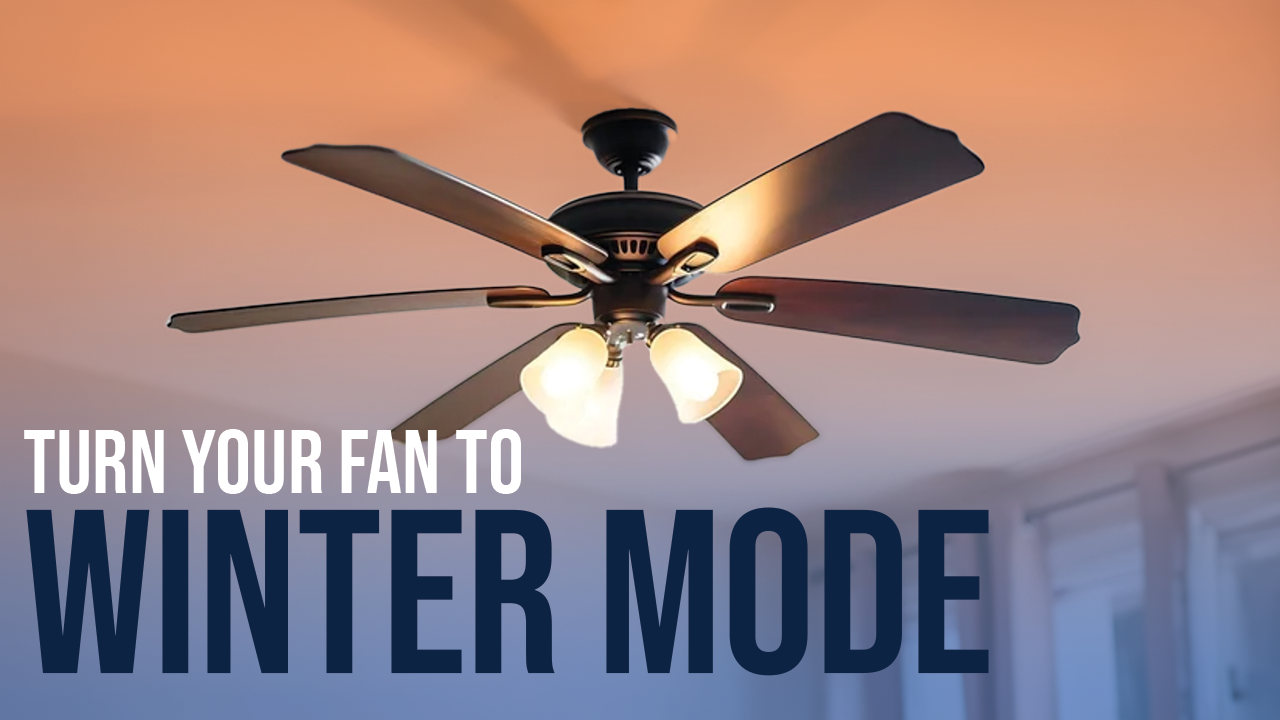
Your home’s breaker box, a circuit breaker panel, is crucial in managing electrical currents. When there’s an electrical overload or fault in any part of your home’s wiring, the breakers trip, cutting off power to that specific circuit to prevent damage or fire hazards.
Having the breaker box located outside, often near your electric meter, serves several purposes:
- Accessibility: Placing the breaker box outside makes it accessible for homeowners and utility workers. In emergencies or maintenance needs, technicians can quickly reach it without needing access to your home’s interior.
- Safety: Exterior placement minimizes the risk of fire or electrical hazards within your home. It’s easier to contain any potential dangers outside the living space.
- Space Considerations: In some homes, especially older ones, there might not be sufficient space indoors for a breaker box. Placing it outside can free up valuable indoor real estate.
Is It Normal to Have a Breaker Box Outside?
A breaker box outside is standard, especially in regions with moderate to warm climates. However, this might vary depending on local building codes and regulations. It’s always best to consult with a licensed electrician or local authorities for specific requirements in your area.
What Does an Outside Breaker Box Look Like?
An outside breaker box resembles a metal cabinet or enclosure mounted on an exterior wall. It contains several circuit breakers or fuses, each controlling power to different areas or appliances within your home. The box is usually labeled to make it easy to identify circuits.
Where Are Breakers Usually Located?
Breaker boxes are commonly found near the electric meter, often on an exterior wall facing the street or in a designated utility area on your property. Depending on the layout and local regulations, they may also be located on the side or rear of the house.
What Happens If You Flip the Main Breaker?
The main breaker in your outside breaker box controls the flow of electricity from the utility company to your home. If you flip the main breaker, it shuts off power to your entire house. This can be useful in emergencies, electrical work, or when you need to maintain your home’s electrical system.
However, flipping the main breaker should be done cautiously and only when necessary. It’s essential to understand that turning off the main breaker cuts power to all circuits, so be prepared for lights and appliances to lose power until they’re turned back on.
In conclusion, having a breaker box outside your home is a standard practice to enhance accessibility, safety, and space efficiency. Understanding its purpose and functionality can help homeowners better manage their electrical systems and respond effectively to any issues that may arise. If you have any concerns or questions about your breaker box, don’t hesitate to contact qualified professionals for guidance.

As winter rolls in, many of us instinctively reach for the thermostat to stay warm. But did you know your ceiling fan can be an ally in... Read More

Winter brings colder temperatures, which can take a toll on home water heaters. A water heater that isn’t ready for winter may struggle to provide hot water... Read More

Winter can bring a sense of coziness—until you encounter the nightmare of frozen pipes. For homeowners, the risk of plumbing issues due to freezing temperatures is real,... Read More